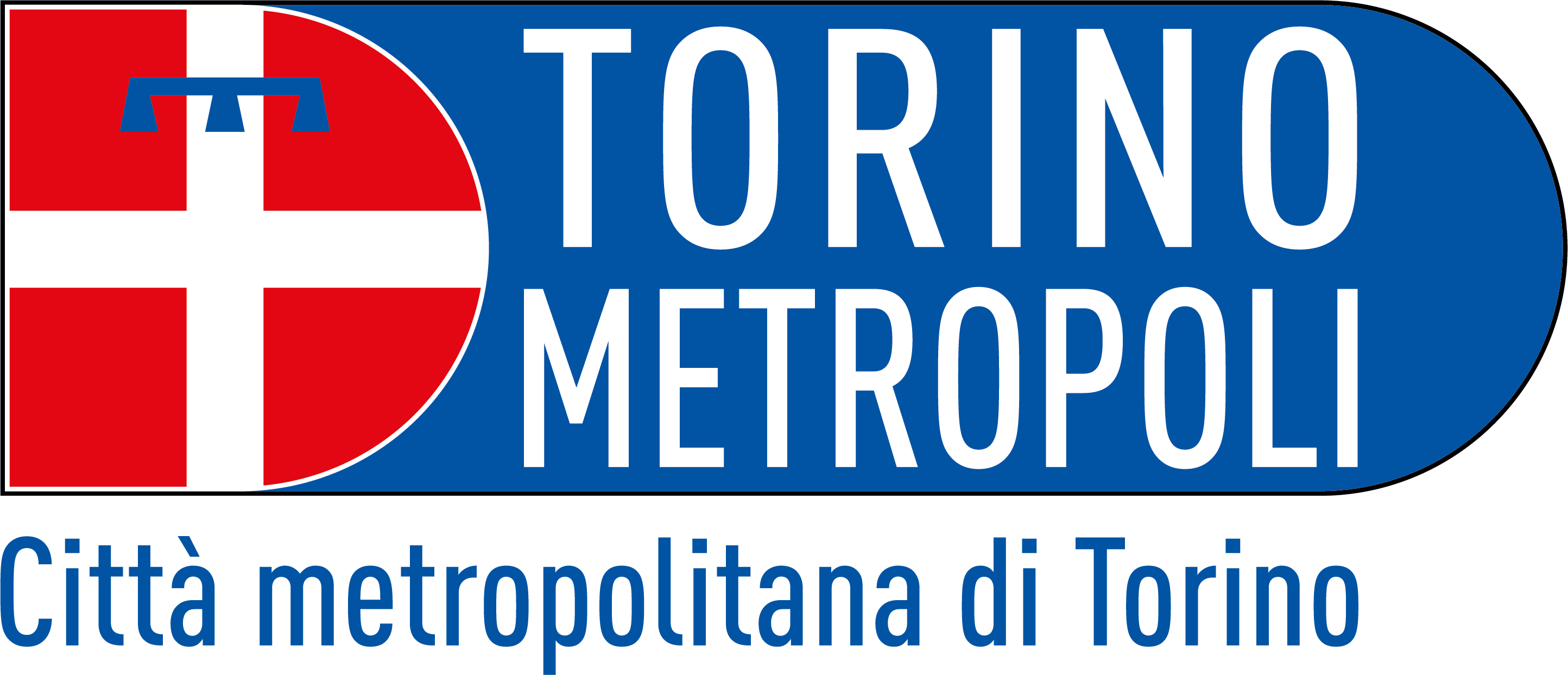The Kraft Heinz Company, the great food company famous for their mayo, has decided to reduce by 20% the virgin plastic in packaging by 2030.
Reading time: 4 min
The big corporation Kraft Heinz is directing their corporate policies towards a greater sustainability. The action programme, as La Lande (Kraft Heinz’s Chief Sustainability) says, would involve investements in innovative technologies and partnership, wich are the key to support the adoption of new, more sustainable production models.
On the official website of the American brand is present a track-list with all the prefixed goals and how much is missing to achieve them.
The main declared objectives are three:
- Recently, the company have declared the intention to eliminate or substitute (with recycled plastic or others materials) a 45 thousand tons annual of virgin plastic from packaging, making then a reduction of the virgin plastic by 20% compared to 2021. All this by 2030. Today the company, one of the top five in the world in the food and beverage production sector utilizes already the 30% of recycled plastic in the packages of the products distributed o Brazil and Europe.
- To make recyclable, reusable or compostable every package on the market by 2025 is one of the company’s key objectives. However the company doesn't expone the contribution of individual components (recyclability, compostability and reuse) to achieving the goal (from the 2022 Sustanibility Report of the company). Recyclability seems to remain the preferred option while unfortunately to the world of reusable and compostable seems to be reserved percentages still too low. The changes adopted to make recyclable the packaging include the innovation of the Tomato Ketchup bottle cap, manufactured using a single material and so completely recycable.
- The company is at last making efforts to identify alternative packaging to plastic. The partnership with Pulpex, a company born to develop innovative and sustainable packaging, goes in that way. The project is the realization of a paper bottle, entirely recyclable, created with wood pulp. The bottle patent by Pulpex is different from other packaging on market like those in Tetrapak, because it is made 100% by paper without any coating in plastic or other materials. The Kraft Heinz's hope is to be the first on the market to place a bottle for sauces so innovative, because without plastic excluded the cap.
However, are not missing some concerns.
In fact, the replacement of plastic with other materials is not such an immediate operation and often requires several studies to avoid plasticfree packaging that may present other problems, including environmental ones.
Particularly a great short-coming of paper packaging is the risk of contamination of food with chemicals in printing inks.
Often, in developing a packaging, companies prioritize its ability to preserve the product and the ability to convey promotional messages rather its eco-sustainability at the end of life.The principle of responsibility extended to the producer, by the way, recalls that the interest and duty of the producer to take care of every phase of the product and its packaging lyfe cycle, reducing its environmental impact.
Nowadays something is changing and many companies, including Kraft Heinz, are starting to invest in increasingly green packaging with less waste and more attention to the environment. However, it is important to emphasise that recyclability can't be the only side in wich to invest: the increasing quantity of waste from packaging call the attention on the need to first reduce the waste produced.
Diana Cima
Read also:
